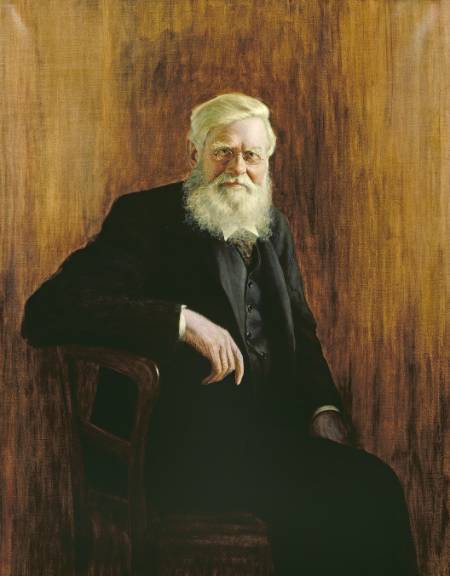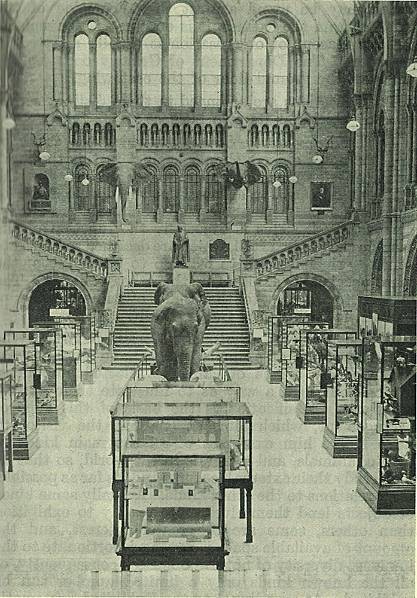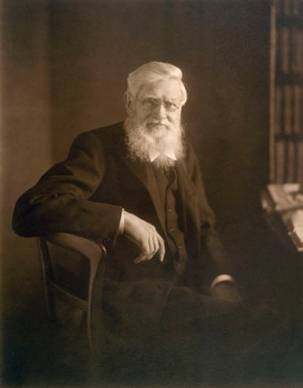Two frequently asked questions are 1) how famous was Wallace, and 2) was he really forgotten after his death as some people (like myself) have often said? Responses to these have been based mainly on intuition - but now, thanks to Google's Ngram Viewer - it is possible to answer them in a more quantitative way. Ngram allows users to study the frequency of certain terms (e.g. people's names) in about 5 million books over time. Several terms can be examined together on one graph, so one can compare their relative frequencies.
Below are three Ngram plots which give a pretty good idea of how famous Wallace was over time relative to, firstly, 5 scientists who were his friends or colleagues and, secondly, to a selection of other very well known biologists, both living and dead. I realise that the frequency that someone's name is cited in books over time is not a direct measure of their fame, but I would argue that it is probably a pretty good surrogate. For the sake of argument I will use the term "famous" to mean "mentioned in more books than someone else".
The graph below shows a few interesting things: firstly that geologist Charles Lyell was far more famous than Charles Darwin until the early 1880's. Darwin then became and remained by far the most famous of the people shown. It is interesting that Lyell was more famous than Darwin during Darwin's lifetime (Darwin died in 1882), which is not what I would have expected.
An Ngram comparing mentions of Wallace, Darwin, Hooker, Huxley, Lyell and Owen.
(Click all Ngrams to view full-sized versions)
Removing Darwin from the graph and looking at just the period from 1990 to 2008 we see that, by 2008, Wallace and botanist Joseph Hooker are on a par and that they are more cited than Huxley and Owen, but that Charles Lyell is a bit more famous than either of them.
Comparing Wallace with some other famous biologists, living and dead, we see that he was more famous towards the end of his life (he died in 1913) than anyone else at any time period, except perhaps for Richard Dawkins. As of 2008 he was nearly as frequently cited as Gregor Mendel, and only Dawkins was (considerably!) more cited than either. Interestingly David Attenborough and Stephen J. Gould are the least cited, apart from Lamarck.
These graphs show some things I expected (e.g. that Darwin was always a lot more famous than Wallace and that Wallace's fame decreased soon after his death and is only now increasing again), as well as some that I didn't (e.g. how famous Wallace was in his lifetime relative to what I thought were even more famous people like David Attenborough). It is interesting that citations of Wallace's name start to increase again in the 1970s, and I think that the reason is that it was then that Wallace first started to be seriously studied by scholars, such as Lewis McKinney, Barbara Beddall and Wilma George.
I'm sure one could argue that there are problems with this method as a way of measuring fame, but it is the best technique I can think of.






